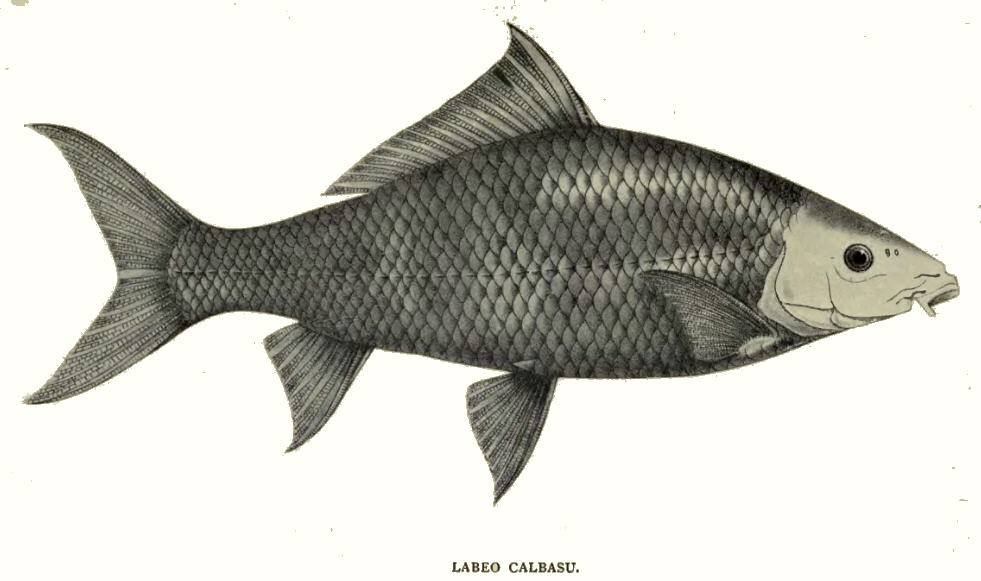Farming remarks
Labeo calbasu is a freshwater fish species that naturally inhabits ponds, lakes, streams, reservoirs, and slow-moving waters of rivers of Pakistan, India, Bangladesh, Myanmar, Nepal, Thailand, and South Western China in Asia. It is a cyprinid with a demersal habit that is important for commercial and recreational fisheries, with a high consumer preference and also being frequently used in game fishing in ponds and reservoirs. L. calbasu has a great resistance to diseases and is able to tolerate a wide range of environmental conditions, which are interesting characteristics for aquaculture. It can be cultivated with Indian major carps (Labeo catla, L. rohita, Cirrhinus mrigala) and exotic carps (e.g., Hypophthalmichthys molitrix, Ctenopharyngodon idella, Cyprinus carpio). L. calbasu is a seasonal breeder and spawns once per year in lotic environments. The populations of this cyprinid species are showing a declining trend in most of the water bodies, probably due to the introduction of exotic fishes, overexploitation and changes to its habitats such as pollution, siltation, and habitat loss. Considering the literature, mostly important wild information about this carp is still missing, especially about home range and depth range use, migratory behaviour, aggregation patterns and aggression. Moreover, further studies are needed to highlight relevant information about farming conditions of L. calbasu, such as malformation rates, stress response, compatibility with migration needs, and slaughtering protocols.
For details see: WelfareCheck | farm






